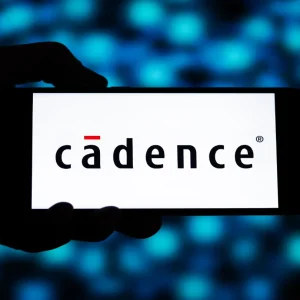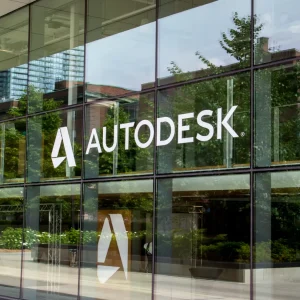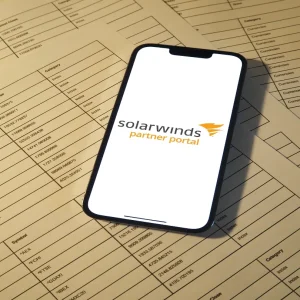Alongside its unveiling of the first Windows Phone 8 smartphone, Samsung also unveiled its Windows portfolio, which will include two tablet/PC hybrids running Windows 8 (Samsung Ativ Smart PC and Ativ Smart PC Pro) and a single Windows RT tablet, the Samsung Ativ Tab.

Samsung Ativ Smart PC Pro – can hybrid tablet-PCs work?
Both the Smart PC and the Smart PC Pro will run the full versions of Windows 8, feature detachable keyboards and run on Intel processors (Atom and i5). Both have 11.6-inch screens.
Samsung seems to have thrown its netbook batteries into the lower-end Ativ Smart PC, as it will boast 13.5 hours of battery life. It has a 1366×768 screen, and weighs 750g (1.48 with the keyboard attached) and is 9.9mm deep.
The latest iPad, by way of comparison, is 652g and 9.4mm deep.
Samsung did not specify how fast the Intel Atom processor would be, but Atom’s have hovered between 1 and 2GHz of late, across just 1 to 2 cores. It will have 2GB of RAM, and Intel integrated graphics, and so will not be useful for gaming, or high end multimedia applications (such as video editing or extensive Photoshop work). It will have a 128GB hard drive, a rear facing 8MP camera and front facing 2MP.
The Smart PC Pro is meant to be the more high end ‘proper’ Windows 8 tablet, and features a full HD screen (1080P) and a full blown Intel i5 processor (speed unspecified) with 4GB of RAM. Unfortunately, this device is also cursed with Intel Integrated graphics, limiting its high end potential. Its battery life is also crushed by these specs, Samsung claims it will get 8 hours of life, the pay off being that it will be significantly heavier at 884g (1.6kg with keyboard) and 11.89mm deep, similar to most laptops and ultrabooks. Its rear camera is also weaker than the Smart PC at just 5MP.
Samsung boasts a ‘ten-finger multi-touch screen’, for an undefined use. In addition to keyboard, mouse and touch screen interfaces, both smart PCs will come with Samsung’s stylus, the S Pen, designed by Wacom it has 1024 level pressure sensitivity for accurate drawing.
As many critics have noted, running high performance x86 chips on tablets is problematic – battery life is consumed much quicker, which means designers have to compromise on size – or battery life. iPad and the Google Nexus 7 easily potter past 10 hours with medium level usage.
This basic Smart PC model is effectively a Samsung netbook with a touch screen and a detachable keyboard, but no prices were specified. Netbooks typically retail for around £200.Microsoft itself has said it expects Windows 8 tablets to be priced similar to ultrabooks, so the price for these two devices could be anywhere between £500-1200.
Given Samsung has made productivity a key focus for the these devices, it may be difficult to convince consumers to buy a tablet/PC hybrid with limited battery life for a high price, when simply purchasing a laptop may do. That will certainly be the case in enterprise.
Despite this, Samsung’s Ativ Tab is much more interesting. This is Samsung’s tablet that will run the ARM-chip Windows version, RT.

Samsung Ativ Tab – specs look competitive, but what about battery life?
This will have a 10.1-inch screen running at 1366×768, and a 1.5GHz dual core processor – presumably Samsung’s own Exynos. It will not feature Samsung’s newer Exynos quad core processors. Samsung’s Exynos 5, due to launch shortly, is allegedly a 1.7Ghz ARM Cortex A15, with a quad core GPU – so the Ativ will sport a modified version. It will have 2GB of RAM, and 32GB or 64GB storage options, expandable to 64GB with Micro-SD cards.
It will sport all the bells and whistles, including a flash for the rear camera (which the Smart PCs don’t have) running at 5MP with auto focus, it will also feature GPS and NFC for mobile payments and Bluetooth 4.0. Being a Windows RT device, it will come with Microsoft Office RT for free.
It will weigh just 570g and be 8.9mm thick.
Despite all these promising specs, Samsung didn’t specify the Ativ Tab’s battery life beyond an 8,200 mAh battery – unusual given how specific it was with its Ativ Smart PCs.
How this translates into hours is impossible to tell until Samsung gives us some indication of the processor being used. By way of comparison, the iPad 3 has a 11560 mAh batterypowering a less powerful processor/GPU, but is also having to output a resolution of 2048×1536. Apple quotes more than 10 hours of life in the Wi-Fi version.
The much smaller 7-inch Google Nexus 7 manages nearly the same battery life time with just a 4325 mAh battery – but is powering a quad core 1.3Ghz Nvidia Tegra 3 chip, a 12 core GPU and a 1280×800 screen.
So while the Samsung Ativ tab looks like an exciting product spec wise, its missing the crucial piece when it comes to tablets – battery life. No specific release dates for any of the aforementioned products were revealed, but it is expected to be around Windows 8’s own launch date – October.
Samsung also announced its new Galaxy Note 2 phone-tablet hybrid, which will run Android. It has a 5.5-inch screen, a 1.6Ghz quad core processor and will run Google Android 4.1 Jellybean.






